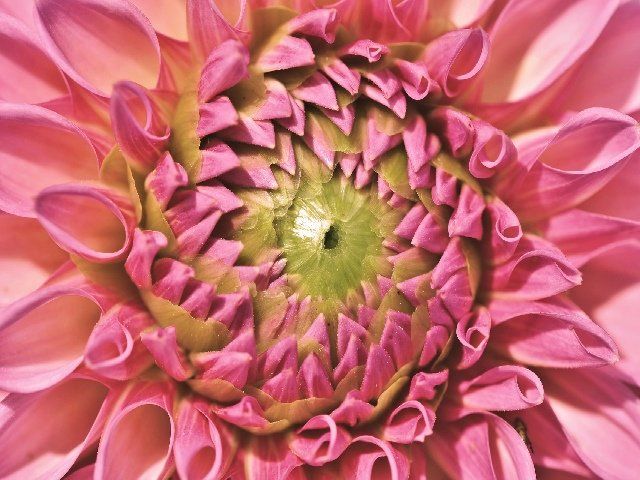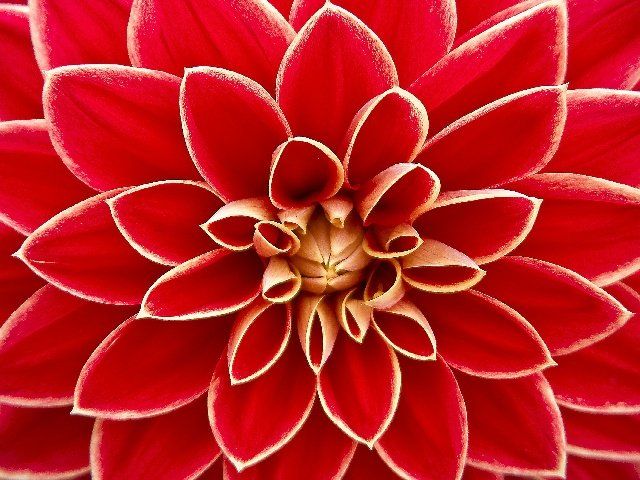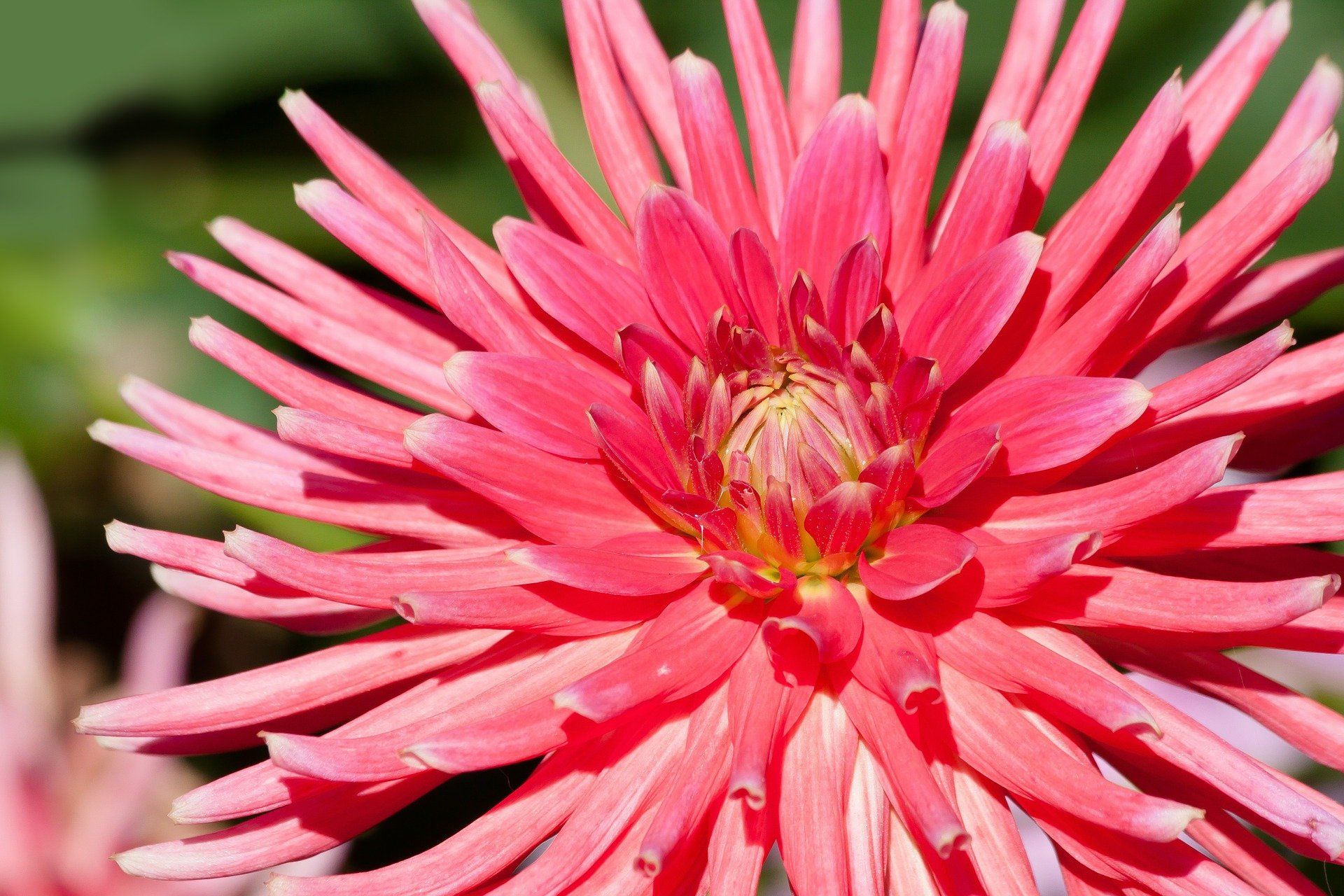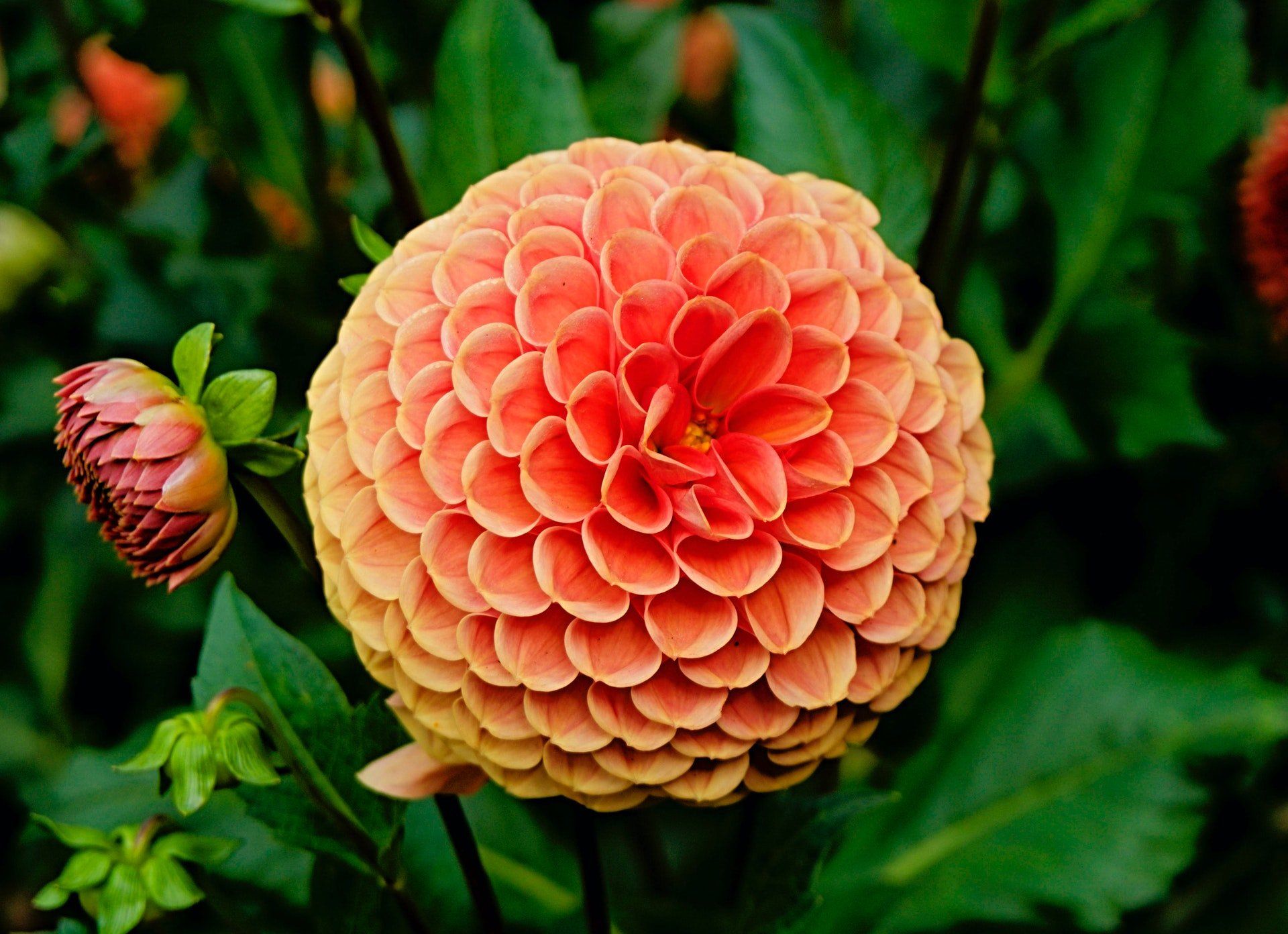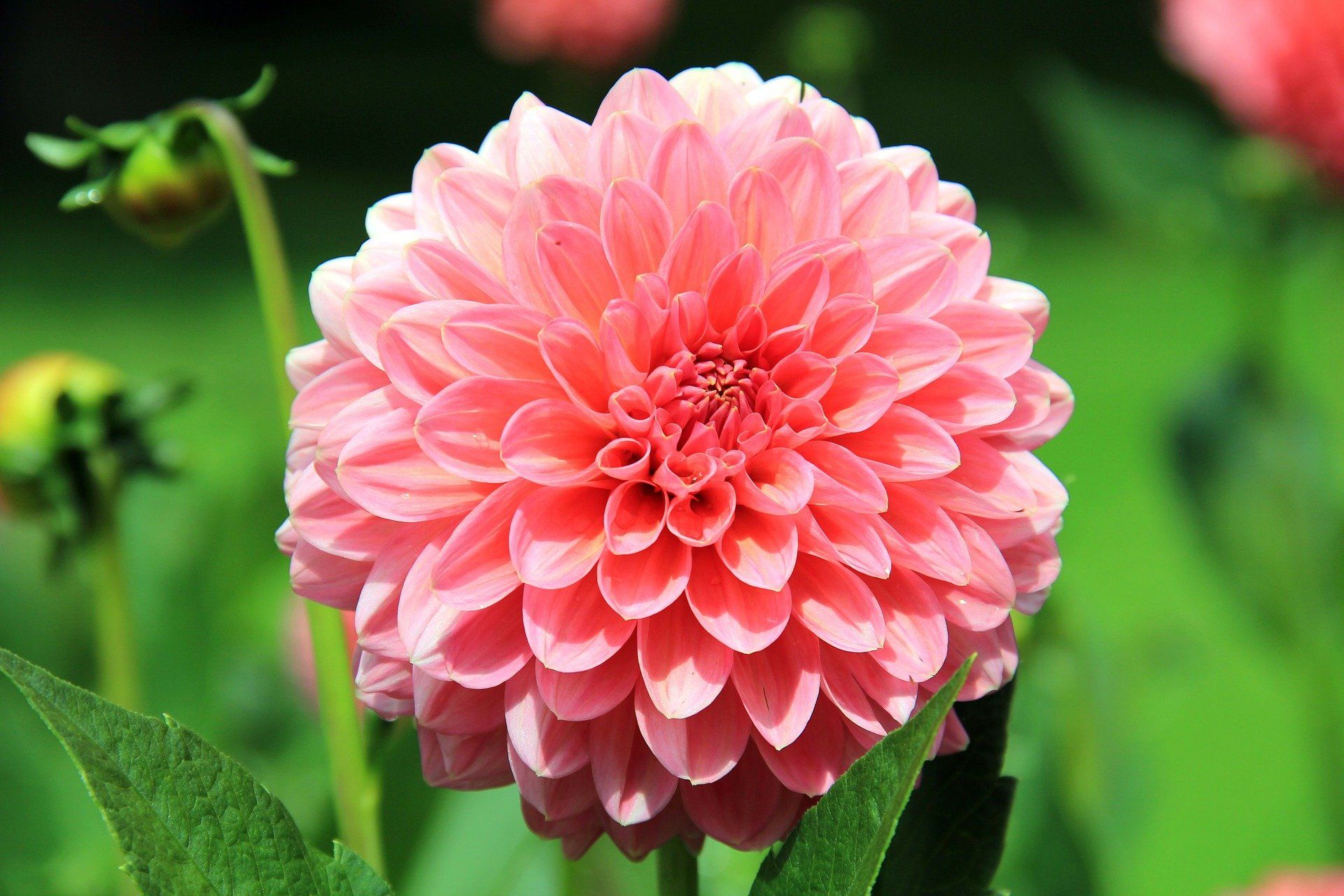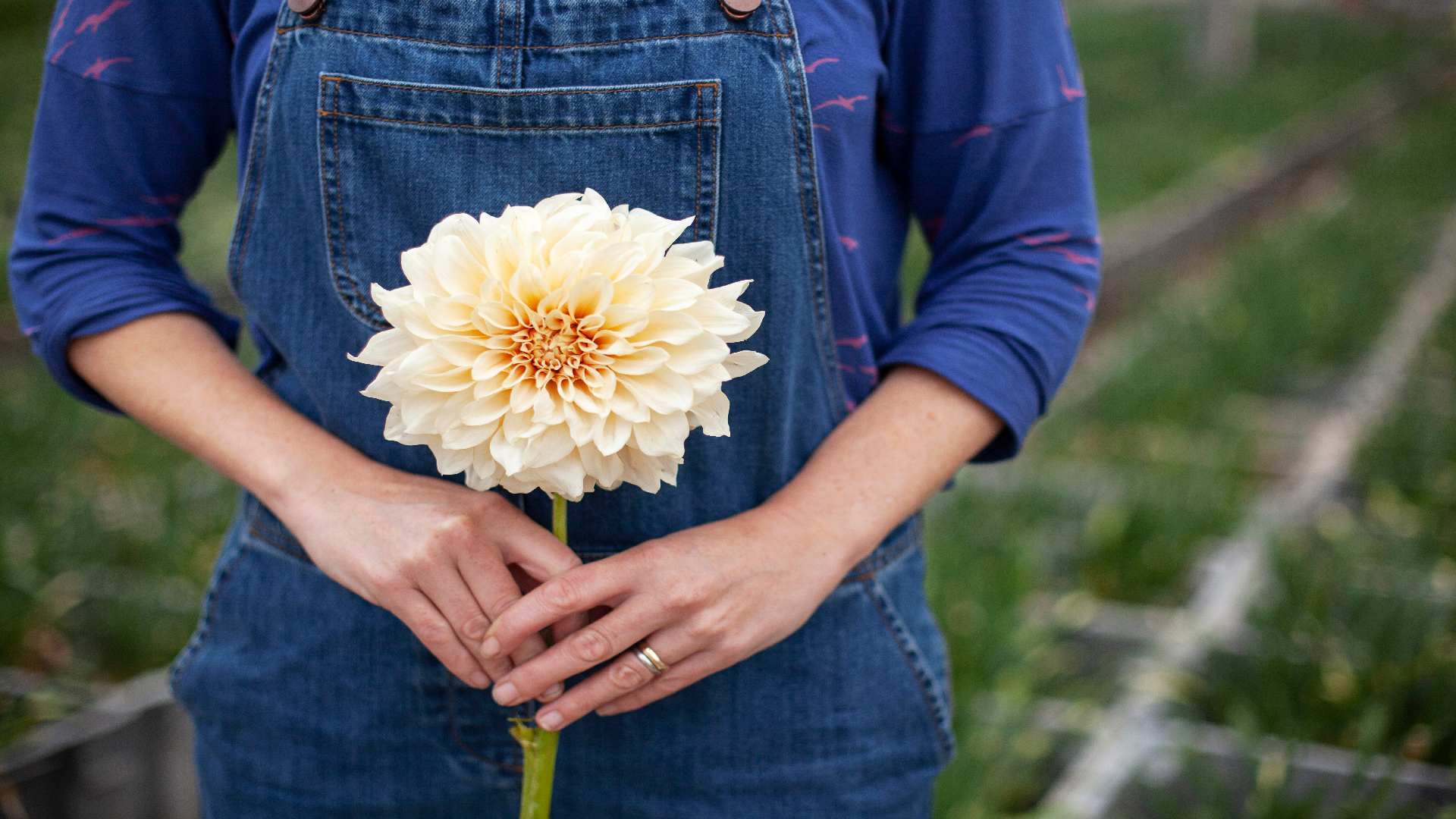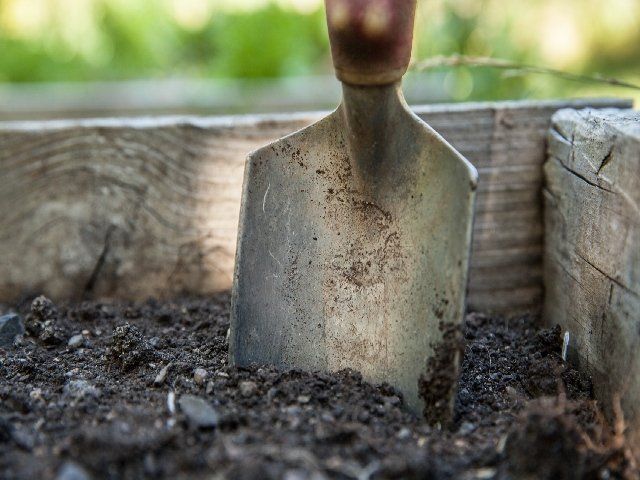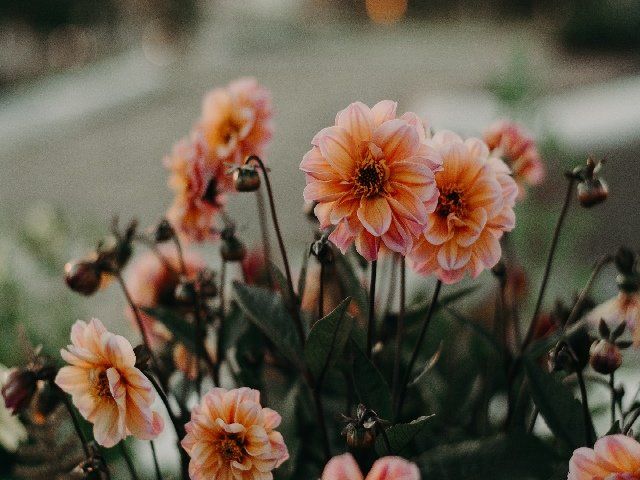Dinner Plate Dahlias
There's simply no other flower quite like it: The dinner plate dahlia. With their huge flower heads, these gorgeous stunners make a dramatic statement in the late summer garden.
A popular choice for cut flower arrangements, dinnerplate dahlias add color and texture on a massive scale. Best of all, growing dahlias of this size isn't difficult.
Here's what you should know about growing the dinner plate dahlia, from planting instructions to soil, water and fertilizer advice.
What are Dinner Plate Dahlias?
What, exactly, is a dinner plate dahlia? These dahlias don't belong to an "official" class of dahlias. Rather, they're named for their huge flowers, which are some of the biggest blooms available.
And these dahlias really do have absolutely huge flower heads. As their nickname suggests, some flowers reach up to 12 inches across, making them about the size of a large dinner plate.
Dinner plate dahlia varieties grow tall, as well. Stems may reach up to 4 feet tall and tend to be very sturdy; that's no surprise, given that those huge flowers heads can get heavy. In fact, most dinnerplate dahlias benefit from staking when planting.
Dinnerplate dahlias bloom in late summer in a range of colors, attracting butterflies to your garden or flower farm. Some popular varieties of dinner plate dahlias include:
- 'American Dream" has bold, 9-inch flower heads in dark-striped pink
- 'Creve Couer' has stunning red blooms that reach up to 11 inches across
- 'Mick's Peppermint' boasts 9-inch flower heads in shades of lilac and white
- 'Penhill Watermelon' has 11-inch flower heads in an eye-catching salmon shade
- 'Shiloh Noelle' boats 9-inch blooms in a soft shade of pink that's perfect for weddings and cut flowers
- 'White Dinner Plate' has 10-inch wide, pure white blooms atop 4-foot stems
How to Plant Dinner Plate Dahlia Tubers
Here are planting instructions for dinner plate dahlia tubers. In spring, wait until the danger of frost has passed and the soil temperature reaches 60 degrees F. The right date depends on your specific USDA hardiness zone.
Once soil is warm enough, dig a hole about 4 to 5 inches deep. Space dinnerplate dahlia plants about three feet apart.
Place a tuberous root in the hole with the eyes, or points, facing upward. Cover with a few inches of soil.
You may add a handful of bone meal, peat moss or compost to the soil when you plant. Otherwise, don't fertilize or water the plantings, and don't put mulch on the soil surface.
You may start the tubers ahead of time indoors. Just place the tuberous roots in large pots filled with rich, well-draining soil. Place the planted dahlia pots in a sunny indoor spot until the soil warms outside.
How to Grow Dinner Plate Dahlias
When growing dinner plate dahlias, placing plants in optimal growing conditions is key. Let's start with the soil; dinnerplate dahlias prefer rich, well-drained soil. If your soil is heavy or clay, amend it with sand, peat or compost to loosen it and improve drainage.
Next, find a site with dahlia's preferred light exposures. Dahlia grow best in full sun, or six to eight hours per day of direct sunlight. Dahlias can grow in partial shade, but they may be leggy.
As for water needs, don't water just-planted dahlia tubers. Wait to water until the plants sprout. After dahlia plants are established, water about two to three times per week for about 30 minutes. Of course, provide more water in hot or dry conditions.
Apply a low-nitrogen fertilizer (such as 5-10-10 or 10-10-20) after dahlias sprout. Apply fertilizer every three to four weeks from mid-summer until fall.
Encourage bushier plants by pinching off a few inches of the central growing branch. Wait until dahlia plants are at least a foot tall before pinching.
In general, dinnerplate dahlia will start to bloom about eight weeks after planting tubers. In many hardiness zones, this will be in mid-July or later in summer.
How to Get the Biggest Blooms
To get the biggest blooms, disbud your dinner plate dahlia. Find the central bud in a flower cluster, then remove the two smaller buds next to it. Even though your plant will produce fewer flowers, the huge flower heads will be even larger.
If you live in USDA hardiness zone 8 to 10, your dinnerplate dahlia will come back each year. If you live in hardiness zone 7 or lower, you will need to dig up and store dahlia tubers over the winter.
GET IN TOUCH
Contact Us
We will get back to you as soon as possible.
Please try again later.

